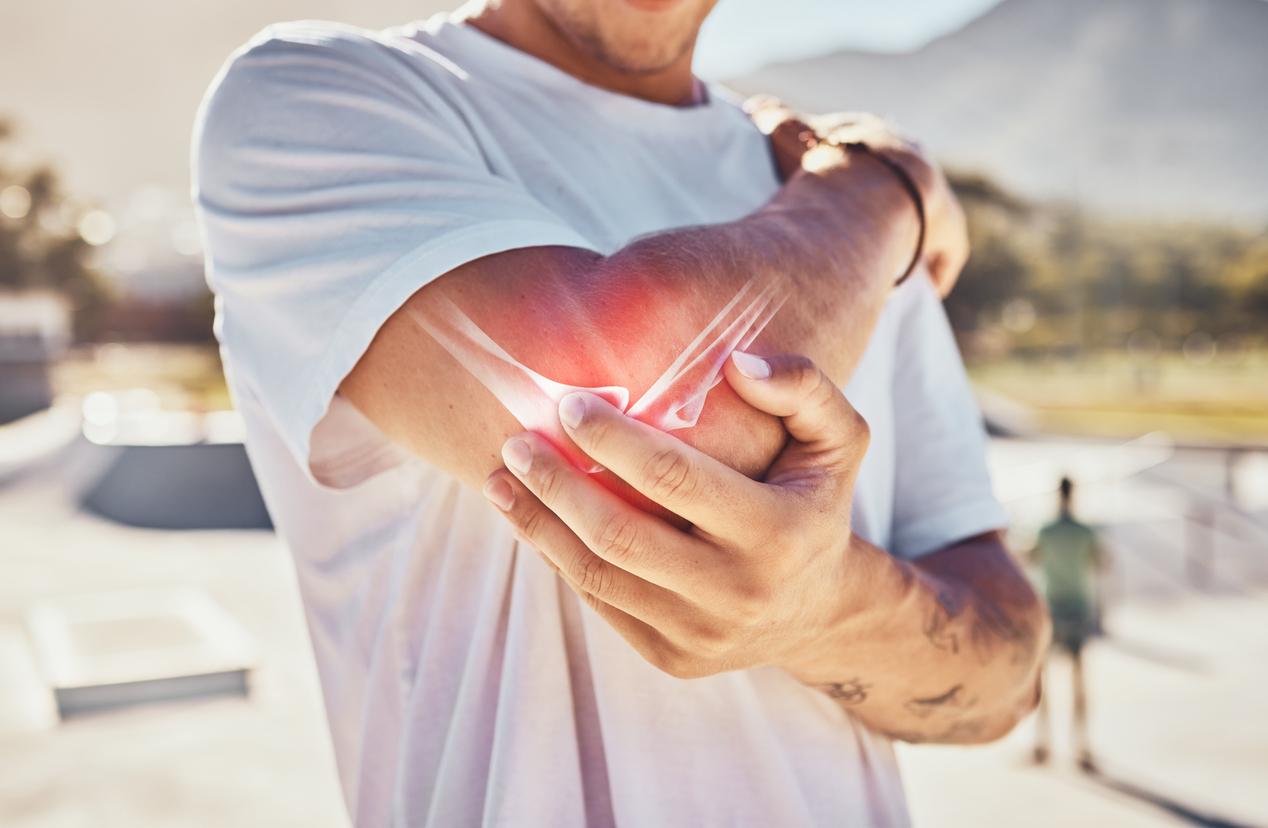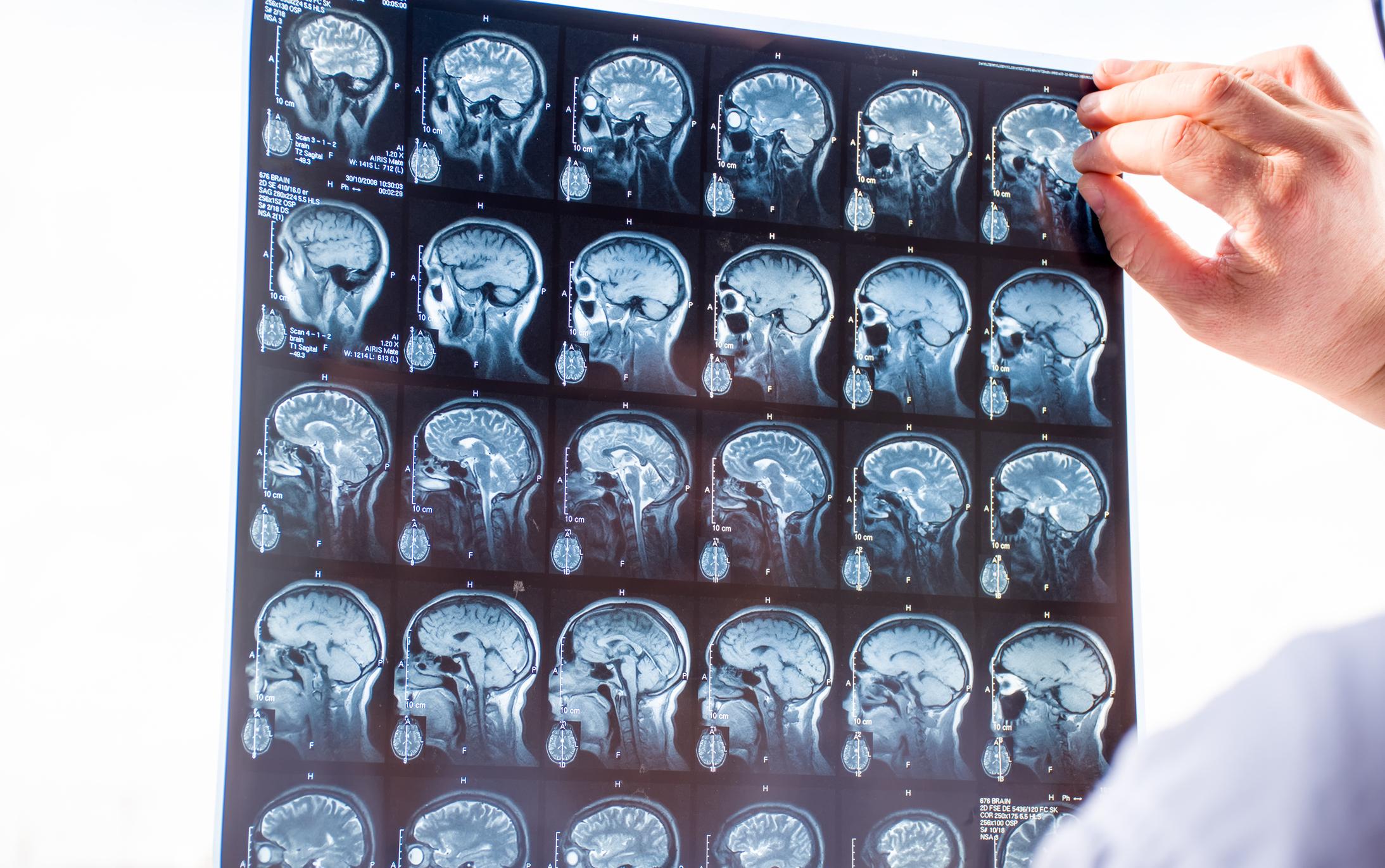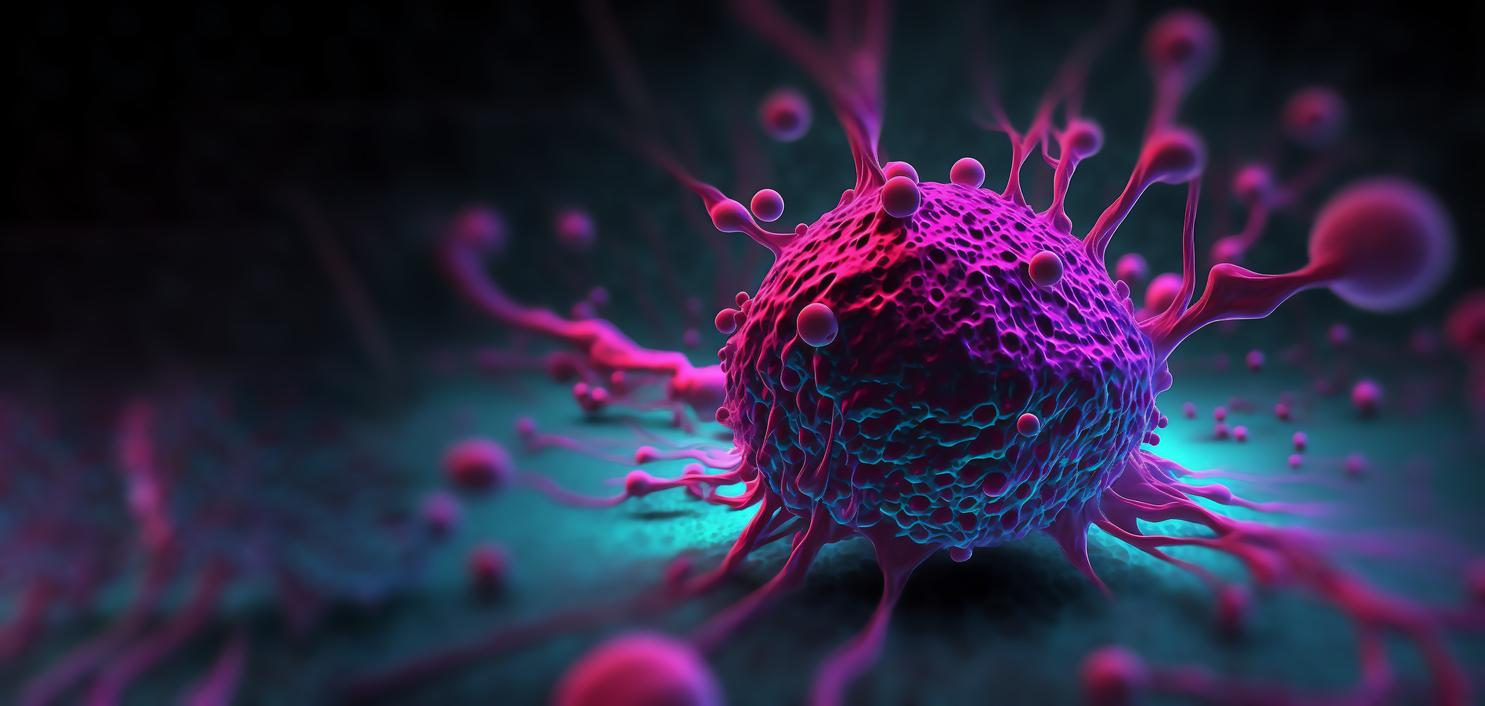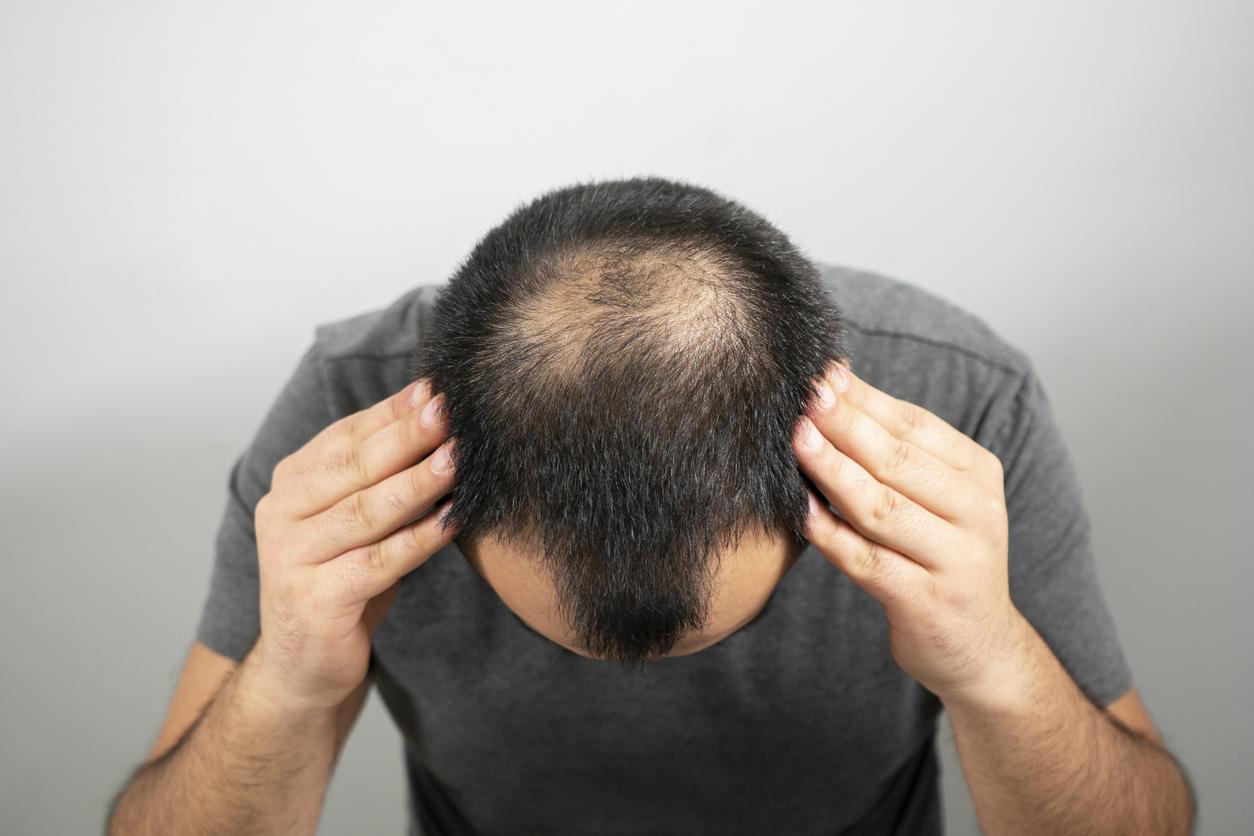A drug targeting bone cells could relieve lower back pain.
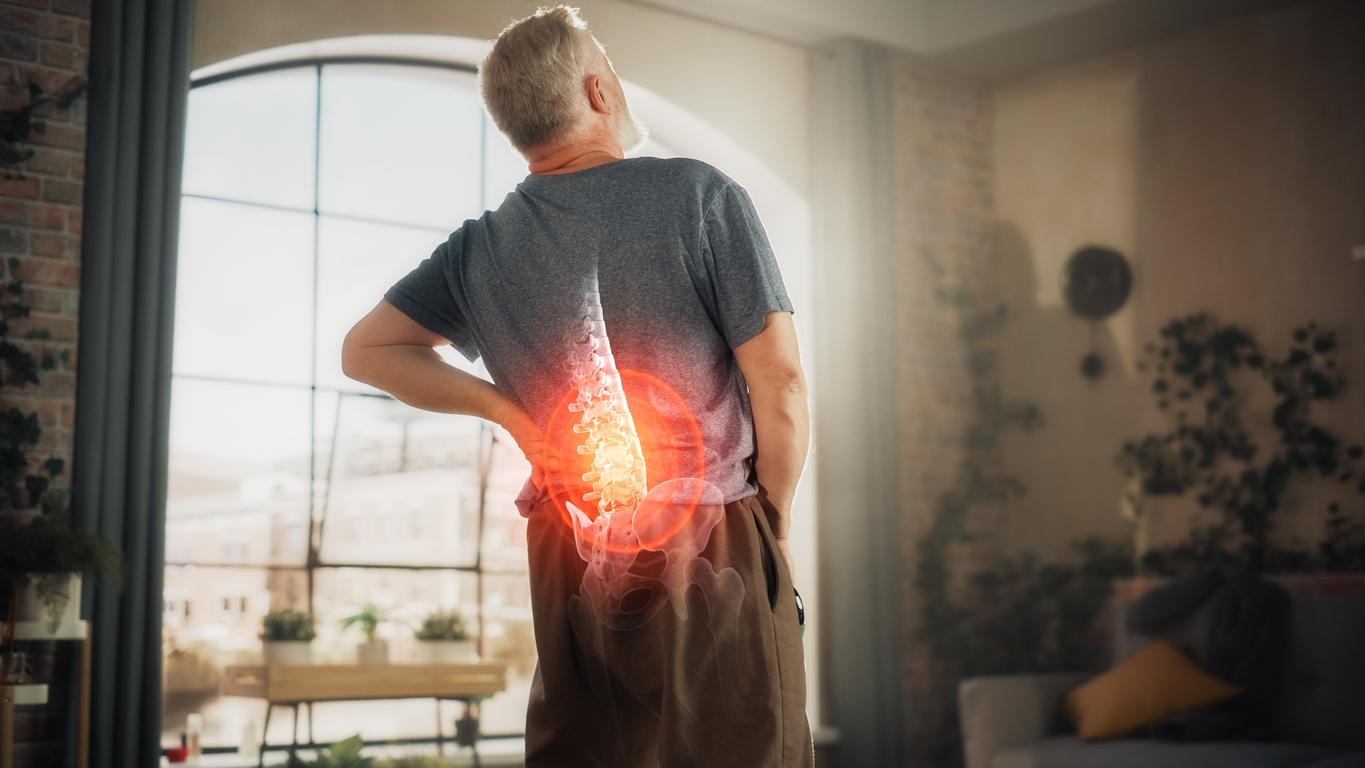
- Back pain can be linked to bone cells: osteoclasts.
- When their functioning is impaired, by aging or illness, this leads to problems maintaining or repairing bones, particularly those of the back.
- According to a study, an existing medication could block this process and relieve lower back pain.
4 out of 5 people experience lower back pain during their lifetime. Disabling, this pain is generally chronic. To relieve them, you need to adopt better positions, especially in a professional context, and move around. Researchers from Baltimore, United States, are working on a therapeutic solution: they have discovered that a medication can relieve this lower back pain. The results are published in eLife.
Lower back pain: what is the role of senescent osteoclasts?
This work focuses on senescent osteoclasts: cells that resorb and break down bone tissue as part of the body’s natural process of remodeling and maintaining bones. When these cells become senescent, or when they age, they no longer function properly, which can lead to problems with bone maintenance and repair. Scientists wanted to understand their role in the development of lower back pain. “Senescence has previously been shown to promote age-related musculoskeletal diseases such as osteoporosis, and removal of senescent cells from degenerated spinal discs restores intervertebral disc structure“, specifies the main author of this research, Dayu Pan.
In previous work, the research team discovered that osteoclasts make the vertebral endplates between each vertebra and disc porous, allowing the infiltration of new nerves responsible for lower back pain. “In this study, we aimed to test whether this was caused by a specific group of senescent osteoclasts and whether removing these osteoclasts could reduce pain.”, they explain. Their test was carried out with laboratory mice. The test identified two markers in the bone: “TRAP“, which is a characteristic of osteoclasts, and p16, used to identify senescent cells.”In both types of spinal degeneration, we found a strong association between the presence of senescent osteoclasts and the degree of spinal degeneration and hypersensitivity.”they note.
Back pain: “the treatment resulted in a significant reduction in senescent osteoclasts”
Secondly, the scientists observed the effects of a drug called Navitoclax, which targets senescent cells. They investigated whether it could eliminate senescent osteoclasts and reduce spinal hypersensitivity. “The treatment resulted in a significant reduction in senescent osteoclasts compared to untreated mice, as well as reduced pain and increased activity in mice with both types of spinal degeneration.”, conclude the authors. Spinal scans and microscopic examination of bone tissue confirmed a reduction in degeneration and porosity of the vertebral endplates in treated mice. “This suggests that the anti-senescence drug may prevent degeneration and remodeling associated with aging or spinal instability.”, they estimate. While these results are encouraging, American scientists point out that they will need to be confirmed in clinical trials so that one day this treatment can be delivered to patients suffering from lower back pain.










